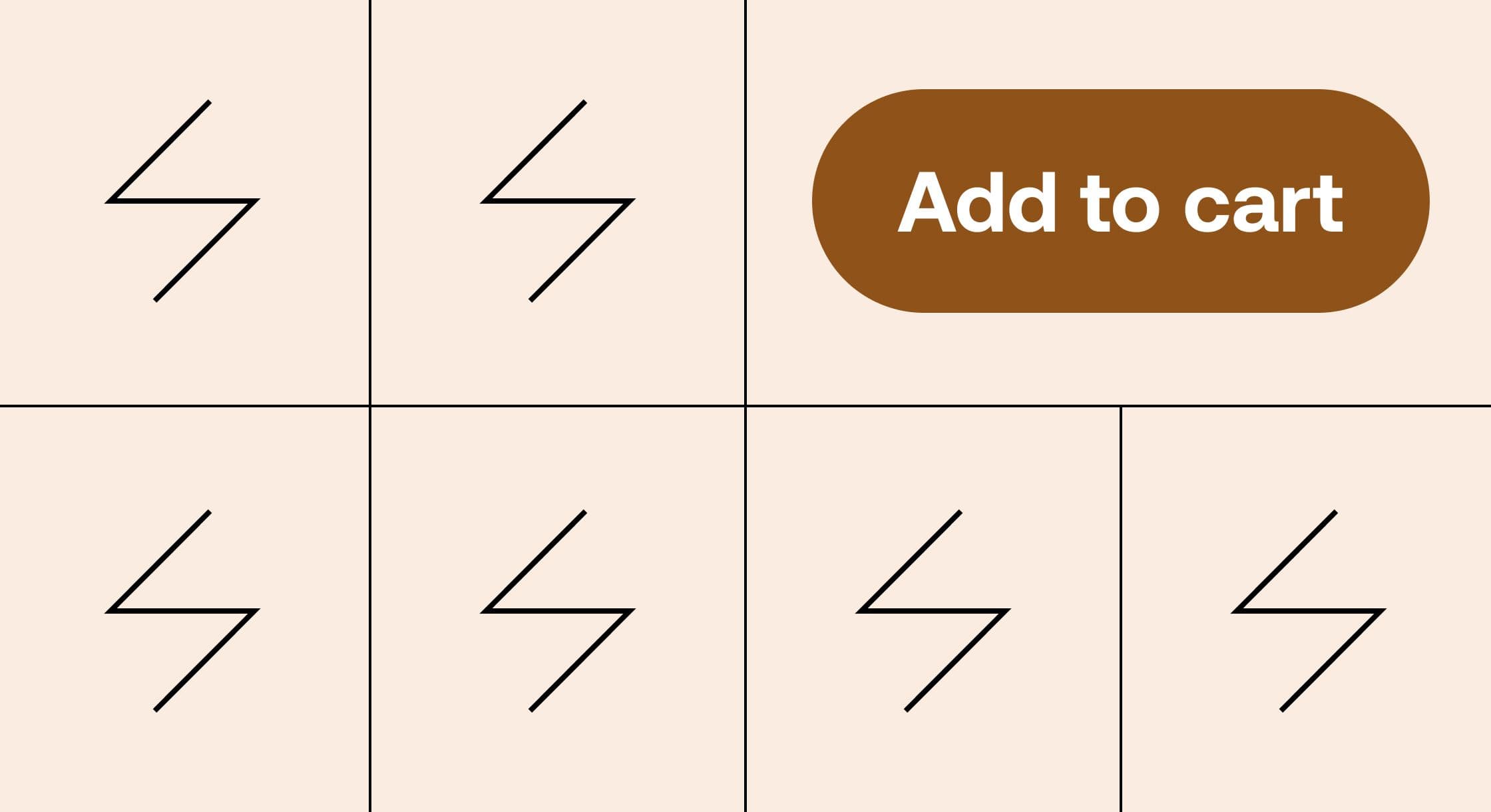/Walmart Pricing Strategies to Win the Buy Box: A Guide for Third-Party Sellers

Walmart Pricing Strategies to Win the Buy Box: A Guide for Third-Party Sellers
Winning the Walmart Buy Box can dramatically increase your product visibility, click-through rate, and sales on the Walmart Marketplace. Much like Amazon's Buy Box, the Walmart Buy Box displays the top offer for a product based on a combination of pricing, fulfillment speed, seller performance, and more. As a third-party seller, understanding and implementing the right pricing strategies can give you a significant edge over competitors and drive long-term growth.
In this guide, we’ll explore key Walmart pricing strategies for seller success, the role of automation, how Walmart’s algorithm selects Buy Box winners, and the tools and tips you can use to stay ahead in a competitive market.
Understanding the Walmart Buy Box Price
Before diving into various pricing strategies, it’s important to understand what influences Walmart’s Buy Box algorithm. Unlike Amazon, which considers multiple sellers in rotation, Walmart encourages sellers to set competitive prices as the Buy Box is typically awarded to the single lowest price.
Walmart Marketplace is known for consistently low prices, which attracts price sensitive customers. To remain competitive as a third-party seller on the online marketplace, you need to keep value pricing in mind, along with other key factors that contribute to winning the Buy Box.
Key factors included in the Buy Box Algorithm:
- Price (Item + Shipping): Total landed price is often the most critical component.
- Fulfillment Method: Walmart Fulfillment Services (WFS) and fast, free shipping options significantly boost your chances.
- Seller Performance Metrics: On-time delivery rate, cancellation rate, and customer satisfaction.
- Inventory Availability: Items must be in stock and ready to ship.
Common Pricing Strategies for Winning the Buy Box
1. Competitive Pricing
Since Walmart’s algorithm favors the lowest total price (item cost + shipping), your base price should be within a competitive range for similar products in your category.
Tips:
- Offer free shipping to simplify the value proposition and attract customers
- Adjust pricing based on inventory levels, seasonality, and sales trends
- Set competitive prices to align with Walmart's commitment to everyday low prices
- Regularly monitor competitor prices using repricing tools to remain competitive,
2. Use of Automated Repricing Tools
If you simply offer consistently low prices without detailed sales and pricing data, you could be missing out on profit opportunities. However, manually gathering the data, monitoring competitors and making manual price changes are not sustainable at scale.
That's why the most successful sellers use automated repricing software which adjusts your prices in real-time based on competitor activity, ensuring you stay competitive 24/7. These tools allow Walmart Marketplace sellers to set rules, floor prices, and strategic pricing such as aggressive pricing for new products or profit-protective pricing for top performers.
Key features to look for in a Walmart repricer:
- Software built natively for Walmart, by an Walmart Approved Solution Provider
- Real-time insights into competitor offers across all your listings to help you make informed decisions
- User interface that surfaces the “why” behind every price move (without the headache of downloading spreadsheets)
- Instant repricing - because every second counts!
- Mobile support for convenience to stay connected and make adjustments on-the-go
- Seamless integration and on-boarding should take no more than ten minutes
- Human customer support agents that are knowledgeable and responsive to assist you with your pricing strategy
“Aura has allowed me to grow my business from $5k last year to currently $157k just this year. Since having Aura I have been able to expand my catalog and actually increase my ROI from 20% to 40%+.”
- Ashley Carber, eCommerce Seller
3. Bundle Pricing
Product bundles can give you a competitive edge as they offer unique value and reduced direct price comparisons. Walmart encourages bundling, especially when the offer is exclusive and competitively priced.
Example: Instead of selling one bottle of shampoo, bundle two and offer a slight discount per unit.
4. Flash Sales and Frequent Promotions
Running regular discounts or temporary price reductions can help your product gain traction and improve its rank on Walmart. Use Walmart’s promotional pricing tools to create urgency and drive conversions.
Pro Tip: Combine limited-time pricing with Sponsored Products for increased exposure.
5. Price Parity Across Channels
Walmart enforces price parity. If your product is listed cheaper on Amazon or another platform, Walmart may suppress your listing or prevent you from winning the Buy Box.
Action Step: Regularly audit listings across all sales channels to maintain consistent pricing.
Advanced Tactics: Behavioral Pricing and Target ROAS Bidding
1. Behavioral Pricing
This approach involves analyzing competitor behavior and dynamically adjusts prices in real-time based on multiple variables. Compared to a liquidation strategy that focuses on velocity over profitability, behavioral pricing delicately balances competitive offers, sales velocity, profit margin, and Buy Box won time to determine the optimal price. With Aura’s proprietary Maven feature, sellers can raise prices above the Buy Box, while increasing sales and maximizing profit.
2. Target ROAS (Return on Ad Spend) Bidding on Walmart Connect
When running Walmart advertising campaigns, combining your pricing strategy with Target ROAS bidding helps align spend with profitability. This strategy helps sellers maximize ad efficiency by optimizing bids based on expected return, and supports a pricing model that prioritizes profit margins over sales volume. Be sure to set clear ROAS goals based on margins, and use past campaign data to guide bidding adjustments.
Measuring Performance: KPIs and Tools
Tracking the impact of your pricing strategies is essential. Walmart Seller Center and third-party tools provide several key performance indicators:
Key Metrics to Monitor:
- Buy Box Win Rate
- Sales Velocity
- Profit Margins
- Ad Spend vs. Return (ROAS)
- Price Competitiveness Score
How Walmart’s Price Competitiveness Score is Calculated
The price competitiveness score measures how your price compares to similar products in the market. An offer is considered competitive if it's listed at the same price or at a lower price than the comparable external price.
Your price competitiveness score can be found in the Pricing Insights dashboard in Seller Center. This score is calculated by comparing your Walmart Marketplace offers to the comparable external prices and factors in your items’ page views. Items with more page views have a greater impact on your score, while items with no page views have no impact. A higher percentage means your offers are more competitive. If your price competitiveness score displays N/A, it means there’s not enough information to determine the score.
Seller Tools to Assist With Your Walmart Pricing Strategy:
- Aura: Modern AI-powered Walmart and Amazon repricer.
- ConnectBooks: Real-time inventory tracking and profit calculations.
- SmartScout: Competitor intelligence and pricing trends.
- Teikametrics: Ad and pricing optimization based on AI.
Common Pricing Mistakes to Avoid
Even experienced sellers can fall into traps that hurt their Buy Box performance:
1. Underpricing Without Understanding Costs
Selling at a loss can temporarily boost visibility but is unsustainable. Always factor in fees, shipping, and marketing costs.
2. Ignoring Price Parity Policies
Listing products cheaper on Amazon or elsewhere can get your Walmart listings suppressed.
3. Static Pricing in a Dynamic Market
Market conditions change constantly. Set-and-forget Walmart pricing strategies miss out on real-time opportunities.
4. Neglecting Fulfillment and Shipping Costs
High shipping fees can knock you out of the Buy Box, even if your item price is low. Always consider the total landed cost.
Final Thoughts
Winning the Walmart Buy Box is both an art and a science. It requires a strategic blend of competitive pricing, automation, behavioral insights, and careful performance monitoring. As Walmart Marketplace continues to grow in complexity and opportunity, sellers who embrace data-driven, dynamic pricing strategies will be best positioned to thrive.
By leveraging the right tools, refining your pricing strategies, and staying aligned with Walmart’s evolving algorithms, you can consistently outperform the competition and scale your Walmart business with confidence.


